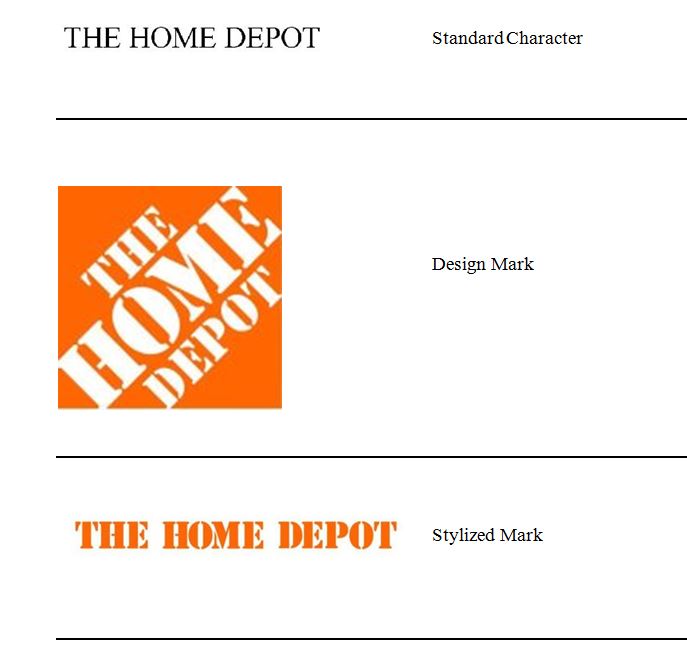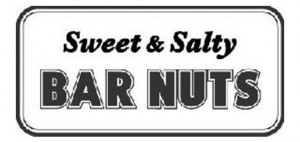A trademark may be registered either as a standard character (i.e. just a name regardless of how it appears) or a special form mark, which includes stylized marks (the name in a fancy font) and design marks (usually a logo or a logo and words).
Examples:
 Given that trademark registration can be a costly process – filing fees for initial application for registering a single trademark are anywhere from $275 to $375 per class – smart business owners seeking to protect a unique brand will evaluate whether and how to register for a standard character trademark (name only) and/or logo trademarks.
Given that trademark registration can be a costly process – filing fees for initial application for registering a single trademark are anywhere from $275 to $375 per class – smart business owners seeking to protect a unique brand will evaluate whether and how to register for a standard character trademark (name only) and/or logo trademarks.
It takes time for a brand logo to build value, so presumably it is a priority to obtain trademark protection for the brand name itself. However, there are at least two instances where it might make sense to register only a design mark. If the Trademark Office is likely to deny a registration for a standard character mark for a brand name, either because it is descriptive, or too similar to another registered trademark, obtaining registration of a design mark that incorporates the name will afford some level of trademark protection.
Situation #1: The name itself cannot be registered because it is descriptive or generic.
A purely descriptive word that is lacking sufficient distinctiveness is not eligible for trademark registration. A fruit company could not, for example, register “Red Apples” in connection with its Macintoshes. By contrast, when used to describe computers, “Apple” becomes arbitrary rather than descriptive, and may be registered as a trademark. Wikipedia cites two other examples of purely descriptive terms:
- “Salty” used in connection with saltine crackers or anchovies.
- “Lektronic” for electronic goods.
In these cases, the only alternative to obtain a registered trademark is to register a logo. And that logo may include the brand name. For example, New Century Snacks has obtained a registration for its design mark, which is obviously descriptive.

Thinking back to the variety of trademarks for The Home Depot, what happens if another, smaller business is using the word “depot” in its brand, and has some sort of retail or construction component to its goods or services? Well, you don’t need an attorney to explain that Home Depot might take issue with your attempting to use the name, and the Trademark Office might reject an application for registration for just the business name since it is too similar to an existing registration. So what is that business supposed to do?
The Trademark Office permitted this registration of a design mark, therefore suggesting that it determined it was not too similar to The Home Depot’s design registrations. This does not seem intuitive, given that the trademark clearly includes the word “depot” in a registration for a business that has some sort of retail or construction component to its goods or services. But we can deduce that the Trademark Office found it to be sufficiently different so as not to cause confusion with The Home Depot.
As the above examples illustrate, by registering a design mark that incorporates the brand name, you can get some level of trademark protection, even if it is not the stronger protection that you would get with a “standard character” trademark registration. As Molly Garhart points out, “If your brand name is incorporated into the logo design you are hoping to trademark, the trademark protection of that version of your brand name is more limited than if you were to register the name alone: technically, the trademark rights are limited to the words as they are stylized in the logo’s design.”
However, if your logo incorporates your business name, then, as noted by Clifford D. Hyra, “the advantage of registering your logo is that it protects both the design elements of your logo and your business name.” (emphasis added) So, while it may be limited protection, it’s better than no protection at all.







Add Comment